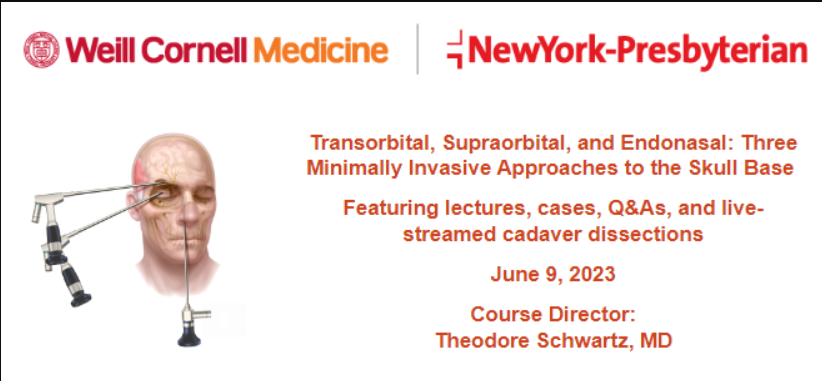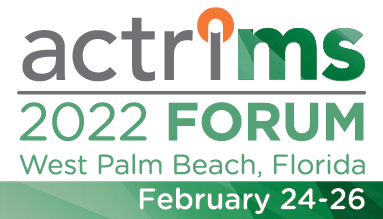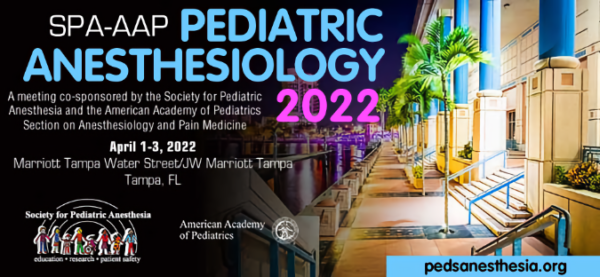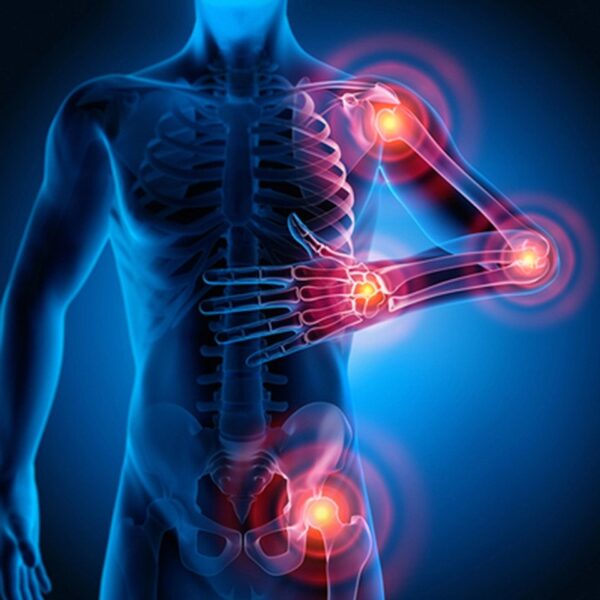Transorbital, Supraorbital, and Endonasal 3 MIS Approaches to the Skull Base 2023 We are delighted to announce that “Transorbital, Supraorbital, and Endonasal: Three Minimally Invasive Approaches to the Skull Base” is now open for registration. The course, which includes lectures, Q&A sessions, and live-streamed cadaver dissections, will be presented via Zoom on June 9, 2023.
Minimally invasive approaches to the skull base have revolutionized skull base surgery over the last two decades and have become one of the most important emerging trends in neurosurgery. This one-day online course will demonstrate key surgical steps and provide step-by-step instruction in three different approaches: endonasal, transorbital, and supraorbital. Through lectures and case presentations, then real-time cadaver dissection, the instructors will take participants through each approach and answer questions from the online audience.
TARGET AUDIENCE
This course is intended for national and international practicing neurosurgeons, otolaryngologists, and oculoplastics surgeons, fellows, and residents in training. Nurses, NPs, and PAs are also welcome.
LEARNING OBJECTIVES
It is intended that this Weill Cornell Medical College CME activity will lead to improved patient care, including improvements in knowledge, competence, or performance. After this activity, participants should be able to:
- Recognize the indications for transorbital, supraorbital, and endonasal approaches
- Determine the key steps required to perform transorbital, supraorbital, and endonasal approaches
- Identify when to use minimal access versus more traditional approaches
- Realize the most common transorbital, supraorbital, and endonasal complications and how to handle them.
+ Topics:
- Anatomy and Classification of Minimally Invasive Transorbital Approaches.mp4
Cadaver Presentation Endonasal Approach and Dissection.mp4
Cadaver Presentation Supraorbital Approach and Dissection.mp4
Cadaver Presentation Transorbital Approach and Dissection.mp4
Endonasal versus Supraorbital versus Transorbital Approach.mp4












